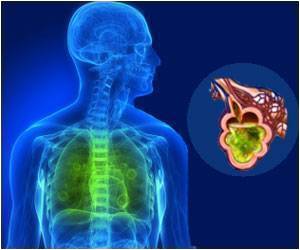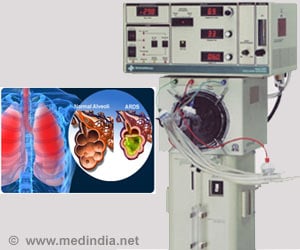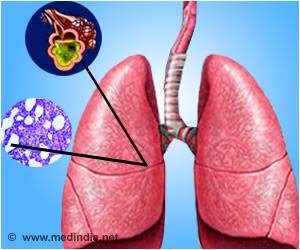
‘Researchers developed a new device that acts as an artificial lung. It oxygenates the blood in pre-term babies and newborn babies with respiratory distress. The device can save many lives by taking the burden of the placenta.’
Read More..Tweet it Now
The device is designed to be connected to a newborn's umbilical cord. It uses the existing power of the heart to drive blood into channels of a fine membrane whose structure resembles the lining of the lungs. This membrane allows the release of carbon dioxide and the uptake of oxygen while protecting the blood from outside infection. Read More..
The membrane that resembles the lining of the lungs is only 35 to 50 microns thick. It is about half the thickness of a human hair.
The membrane permits the natural diffusion of carbon dioxide and oxygen. The baby's own heartbeats at a rate to regulate oxygen supply.
Pre-term babies find it difficult to breathe on the lungs are not fully formed in many infants. This places them in respiratory distress from the moment they are born because they cannot take up enough oxygen by themselves.
The device can improve survival, reduce brain damage and improve long-term health in pre-term and newborns with life-threatening postnatal lung failure.
Advertisement
The device would also be paired with still-developing technology to supply nutrition to preterm babies through the umbilical cord. The device would replace the major functions of the placenta long enough for vulnerable preterm babies to finish developing safely outside the womb.
Advertisement
The research team showed that the device worked in a live newborn piglet. The device was able to restore the piglets reduced blood-oxygen levels to normal. Piglets are close in weight to human babies and are very similar physiologically.
The new device will be subject to larger-scale animal trials and regulatory approvals. It could become available for clinical use within the next six to eight years.
Source-Medindia













